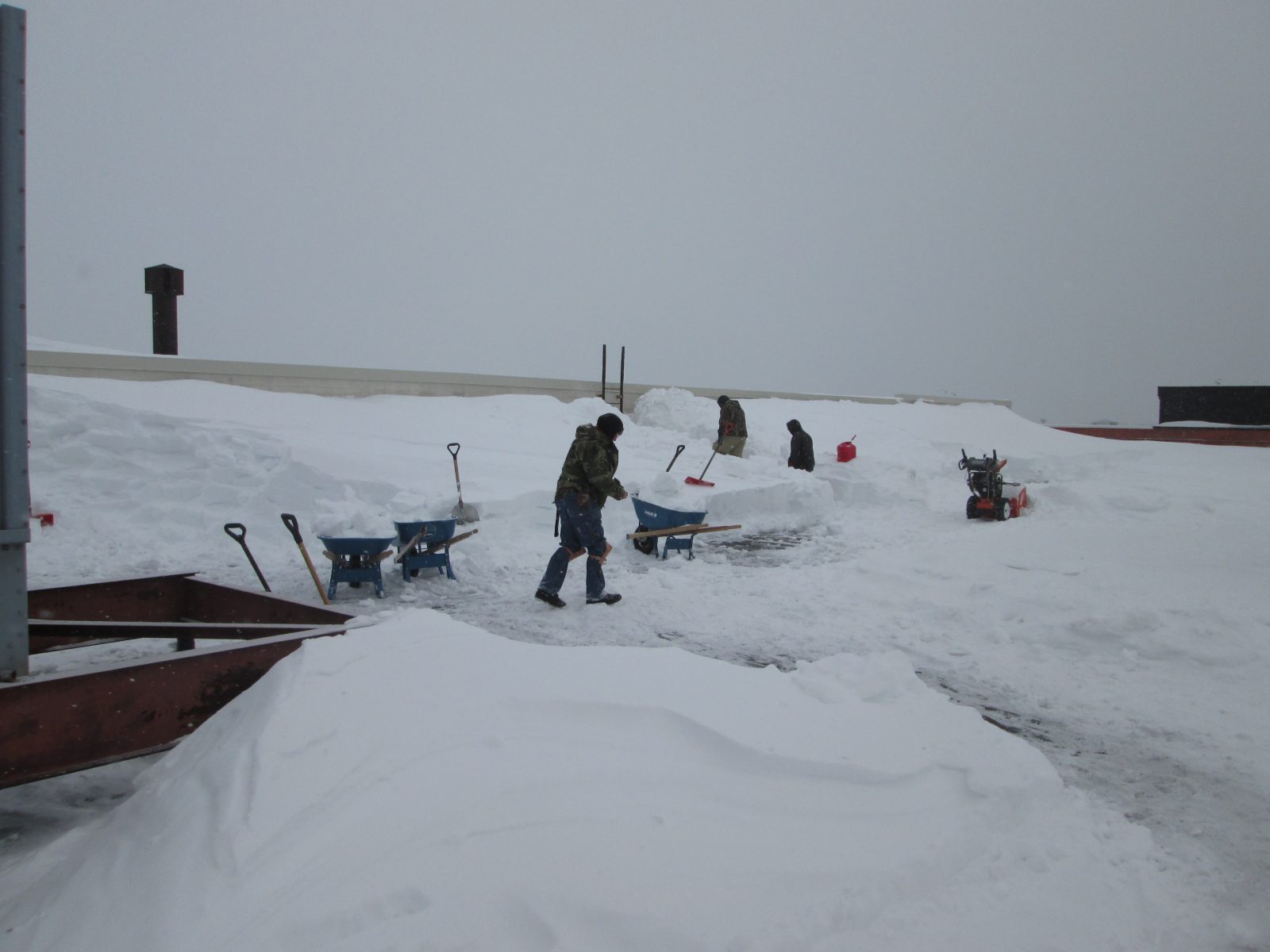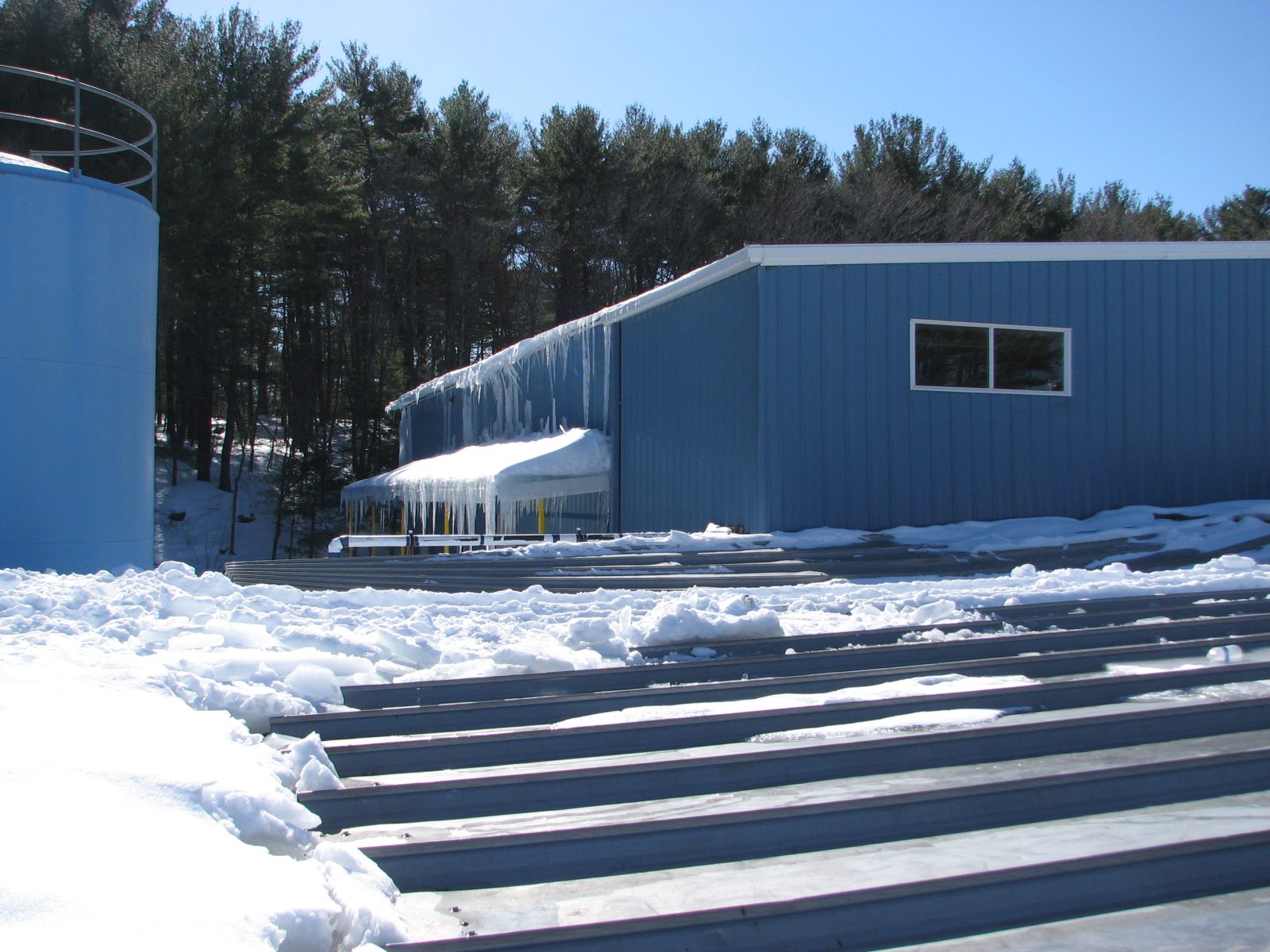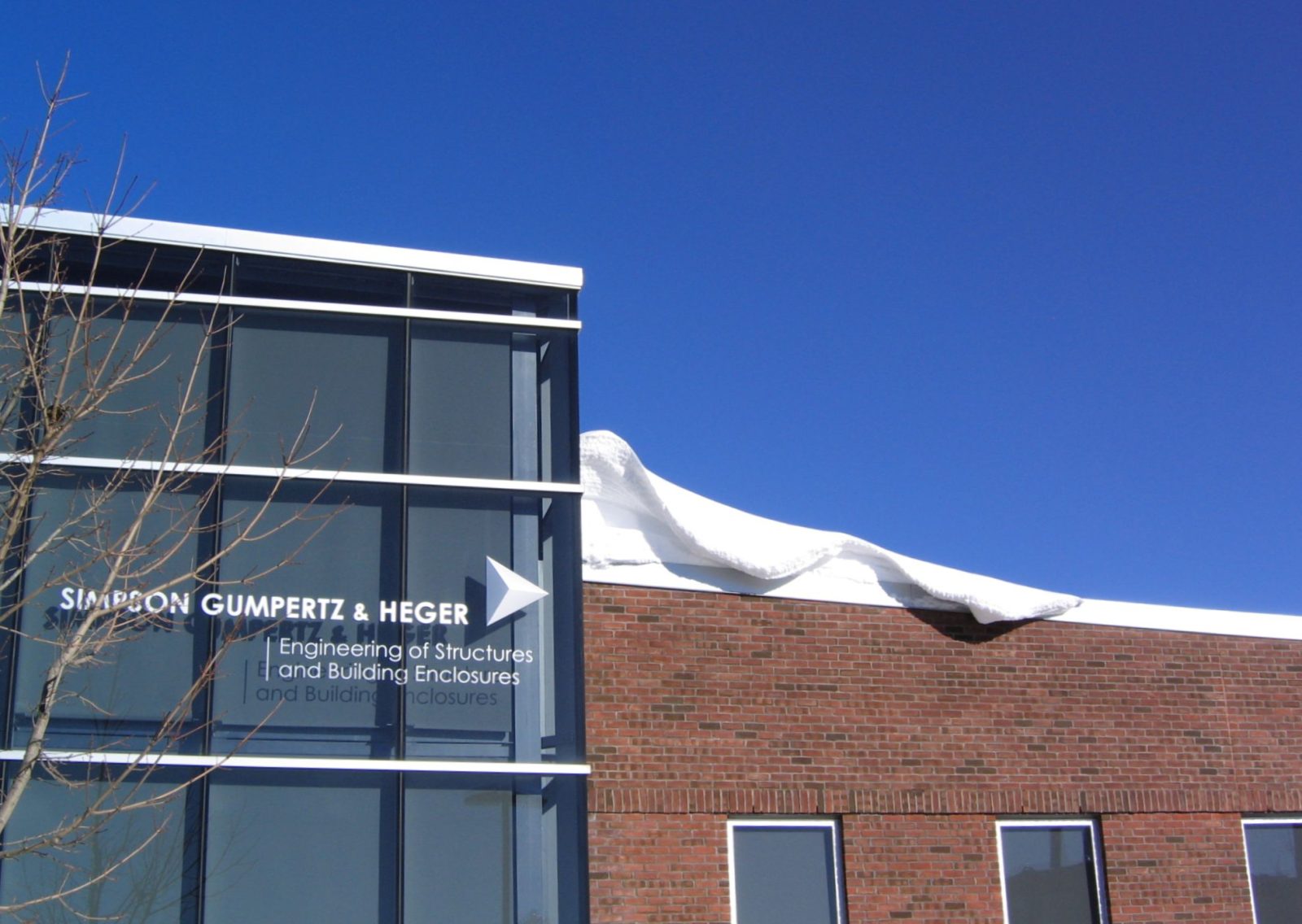Northeastern United States
Roof Investigations
Scope/Solutions
During the 2014-2015 winter, historic amounts of snow fell in the Northeastern U.S. With closely spaced storms, the area experienced little or no melting between them. The resulting accumulation of snow and ice caused significant performance problems in many buildings, from leakage due to ice dams, to partial or total roof collapse. SGH investigated these types of problems in numerous structures throughout New England.
SGH investigated the condition of many roof structures during the course of the year. Highlights of our work include the following:
- Helping building owners and property managers assess the risk of damage or collapse by measuring and weighing the snow on their roofs and comparing the actual snow load to the design snow load
- Recommending snow removal strategies, when needed
- Developing snow capacity maps for existing roofs to help owners and property managers determine if and when they should remove snow in future winters
- Investigating damage and evaluating the adequacy of roof structures
- Opining on the cause of damage for insurance companies to consider in evaluating claims
- Designing structural repairs for damaged roof structures
Based on our investigations, SGH concluded that it was primarily older buildings — those not designed for drifting snow or designed under older provisions that did not adequately consider the size of the roof — that experienced partial or total collapses due to drifting snow in 2015. Since the temperatures during the storms stayed below freezing, the relatively dry snow could be easily blown by the wind, causing unbalanced snow loading on gabled roofs and drifting on buildings with multilevel roofs. The volume and drifting nature of the snow during this season led to unprecedented snow loads on many structures, exposing the vulnerability of older buildings.
Project Summary
Key team members





